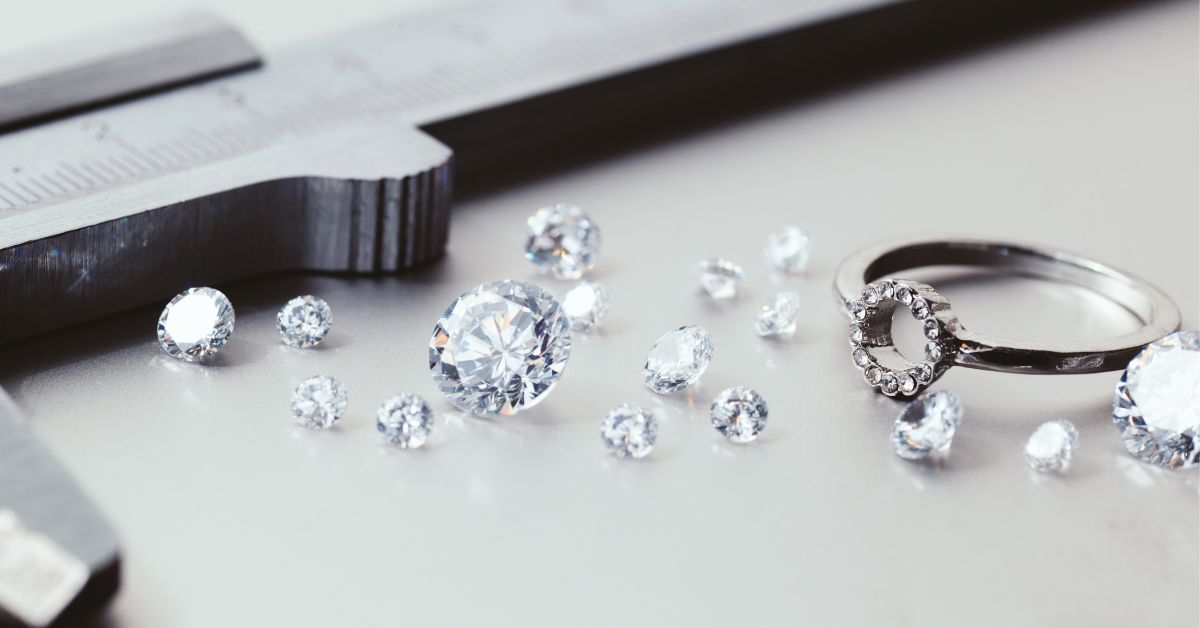Fact or Fiction: Diamond Myths and Misconceptions

Diamonds have been a symbol of luxury and romance for centuries, captivating people with their beauty and rarity. From royal crowns adorning royalty to flashy jewelry worn by popular musicians, diamonds have played a prominent role in human culture and continue to do so today. However, there are many myths and misconceptions surrounding this precious gemstone that can lead to confusion and misunderstandings about its true value. Check out these common diamond sayings to determine whether they are fact or fiction.
“Cut, Cut, and Clarity Matter More Than Size”— Fact!
You are correct if you believe that a diamond’s value is more connected to its cut, color, and clarity than its size. Professionals measure a diamond’s value based on four main factors, known as the 4 C’s: cut, color, clarity, and carat weight (size). While carat weight is certainly important when determining the value of a diamond, the other C’s are also crucial. Color refers to the presence or absence of color in the diamond, with completely colorless diamonds being the most valuable. The cut of a diamond refers to the angles and proportions of the stone, which affect how it reflects light and how brilliant and fiery it appears. Clarity measures how many internal and external flaws or inclusions a diamond has. The fewer inclusions, the higher the clarity rating and the more valuable the diamond.
“Diamonds Can Cut Any Material”—Fiction!
The statement “Diamonds can cut any material” is fictional. Despite being the hardest naturally occurring resource known to humanity, diamonds cannot cut through all materials. In fact, diamonds struggle to cut through steel, cast iron, and other ferrous metals, as well as titanium. Even synthetic diamond grit on a grinding wheel cannot cut these materials effectively. However, diamonds are still incredibly useful when cutting nearly all other metals, glass, and especially other diamonds. So, while they may not be able to cut through any material, diamonds are still one of the most valuable and versatile tools in many industries.
“De Beers Dominates the Diamond Industry”—Fact!
If you’ve ever heard of De Beers, chances are you also know about their diamond monopoly. For decades, they have been the primary leader in diamond sales, holding a sizable portion of global sales and market share. While it’s impossible to directly prove that De Beers controls massive diamond reserves that dictate the market value of diamonds, many people believe this to be true. What is certain is that their near-monopoly on diamond production and distribution gives them an unprecedented level of control over the market.
In the late 1990s, their market share was almost 90 percent, a testament to their dominance in the industry. Moreover, De Beers played a significant role in shaping the market value of diamonds through early marketing campaigns. They created the association between engagement rings and diamonds, introduced the “two-month salary” purchasing custom, and even coined the famous saying “a diamond is forever.” These three elements helped set the market value of diamonds, further cementing De Beers’ dominant position in the industry.
There is plenty of fact and fiction surrounding the common beliefs about diamonds. By separating myths and misconceptions from reality, you can better understand the true value and function of diamonds in modern human society.





